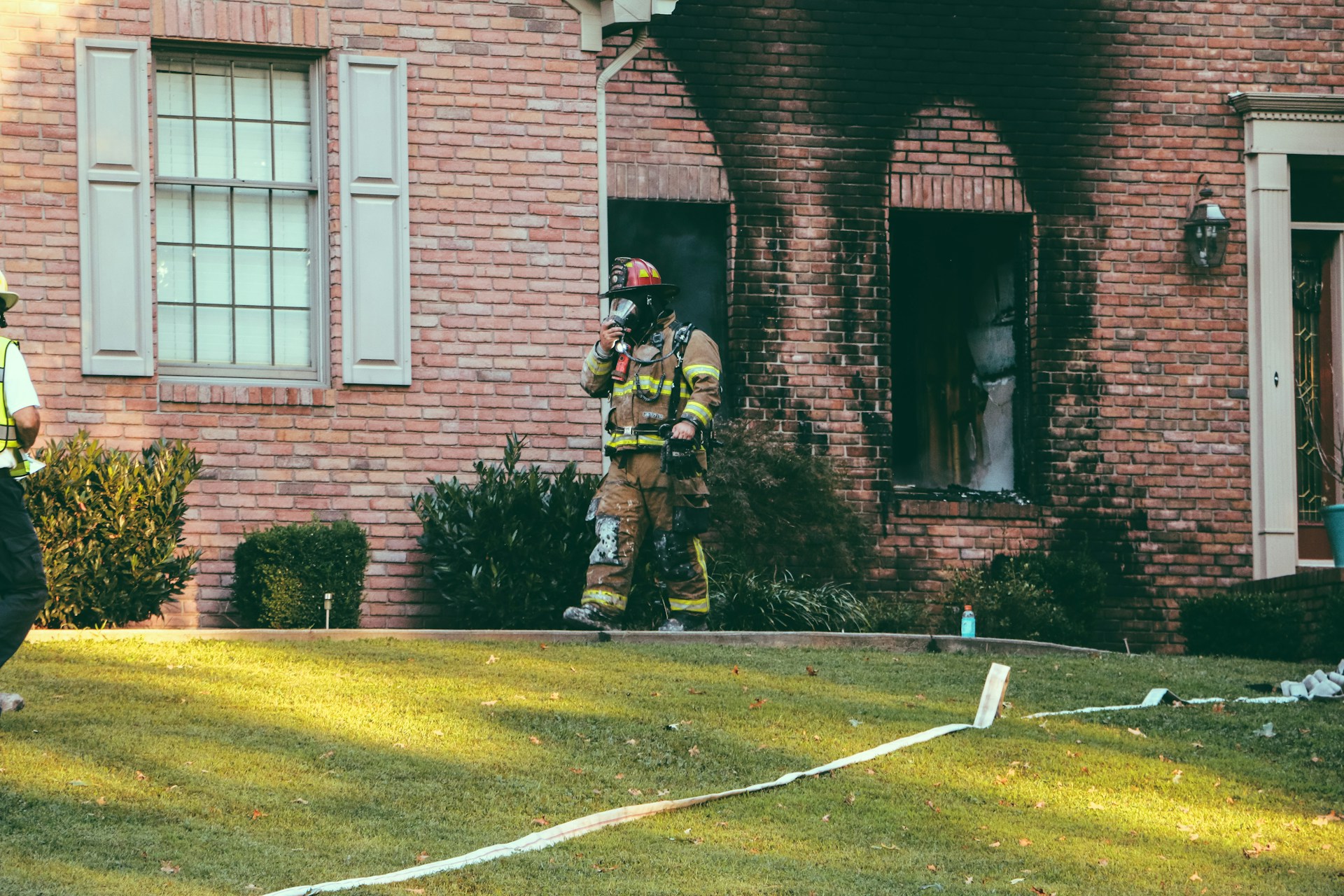Smoke Cleanup:
The Crucial Step in Fire Damage Restoration and More

The source of smoke in New York can be wildfires or building/home fires. Wildfire smoke billows from burning forested areas and travel to the city through the air. The area usually faces wildfires from April to October. While this is beyond your control, smoke and fire accidents in the house can be controlled if you are careful. Still, nobody is immune to the risks. If the home or building catches flame, there will be smoke. Chemicals, gases, and particles form smoke. The effects of smoke inhalation can manifest on your eyes, throat, nose, chest, and respiratory system. Sensitive people can be more vulnerable to the side effects of smoke, which can be severe and long-lasting.
However, house fires and smoke damage are interlinked. Smoke can damage your house after a fire due to its intensity. The visible signs of smoke damage can be found in the crevices and cracks. Without proper treatment, the smoke-hit corners can develop an odor, which may linger and threaten the safety of the personal items. This is where professional fire damage cleanup services come in. The experts will visit the site to examine all the corners for fire and smoke damage and deal with it properly, ensuring your home is restored to its pre-fire condition.
Detecting fire and smoke damage
The heat from the fire can destroy building materials, causing them to warp or melt. Due to smoke, you can notice signs of discoloration and corrosion on the affected surfaces. The paint will turn yellow. However, smoke damage can be of different types, each with its unique characteristics and sources. For example, thick black fumes and smoke are called wet smoke caused by smoldering flames or low heat. It occurs when rubber or plastic materials are burned. Wet smoke can leave a pungent smell on the surfaces, and its greasiness requires painstaking cleaning effort. Dry smoke occurs from the extreme heat of the fire and spreads quickly. Wood and paper can be its source. Since these items often leave behind powdery substances, the cleanup process feels easier.
Smoke caused by the burning of petroleum or oils leads to sticky fuel oil smoke. However, most homes rarely use fuel oils inside. When synthetic and natural materials burn, they create complex fire smoke that can appear greasy yellow. Behind kitchen fires, burning of food can be the most common reason. The protein smoke created by food can affect paint and other finished materials with discoloration. Because many smoke damage signs remain hidden, homeowners assume everything is alright. Please be cautious. You know what smoke can do to your and your house's well-being.
Remediating smoke damage
The selected restoration company will ventilate the home to reduce smoke damage and contaminated air. They can use dry-cleaning sponges for soot removal. The complete smoke damage restoration process can include cleaning affected upholstery and carpeting. They can vacuum them. Expect them to neutralize the effects of the acid content of the soot through alkaline cleaners. These professionals use different types of equipment to remove odor from distinct surfaces. Before cleanup, your hired restoration team will investigate all the nooks and crevices to understand the magnitude of water, fire, and smoke damage. Framing, flooring, and everything else are checked. They follow this method to chalk out their action plan to restore your property from inside and outside. Visit zicklincontracting.com for consultation.
Some homeowners wonder if they should do anything in these situations. While it's better to let pros take charge, you can eliminate the apparent debris and small patches of soot from the house. However, waiting for the professionals to complete the cleanup is still the best decision, as they have the expertise and equipment to ensure thorough restoration.